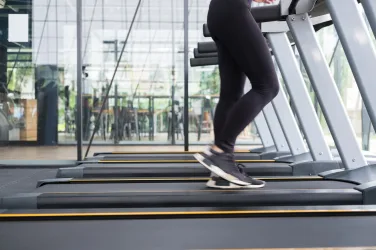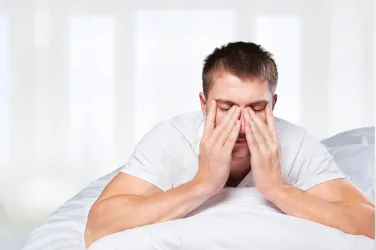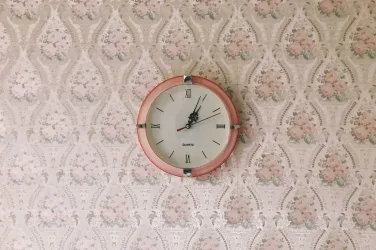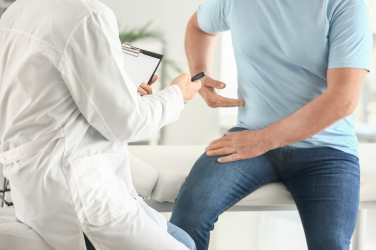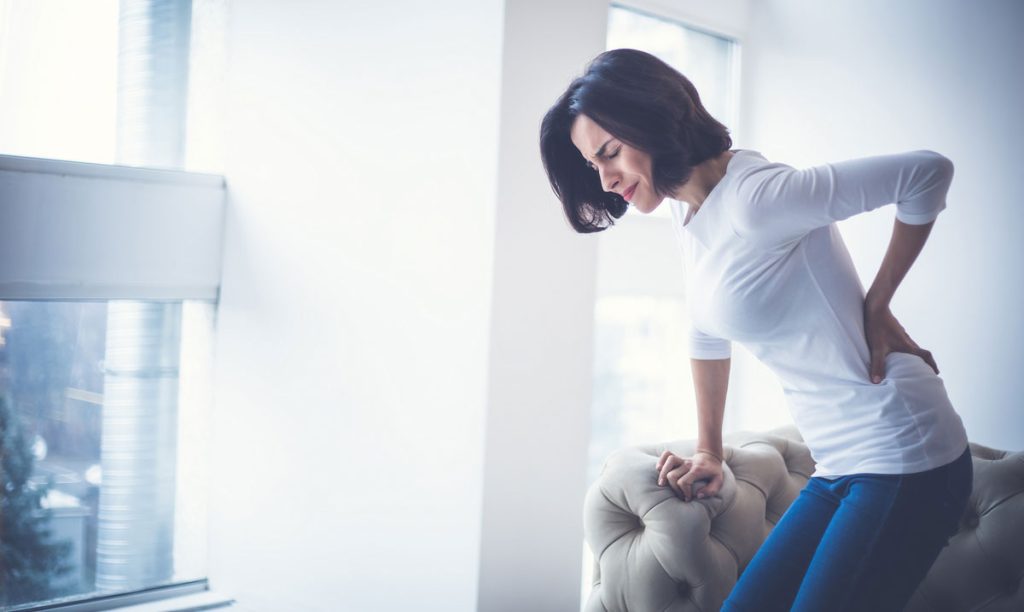
By David Buice
Osteoporosis literally means “porous bone” and is a condition where bones become thin, brittle, and weak with age. This condition can lead to broken bones, causing pain and disability, making normal, everyday activities extremely difficult.
How Osteoporosis Develops
Our bones are living tissue that gives our bodies structure and protects our internal organs. From childhood onward, they grow and develop until we reach our early 20s. This period, called “peak bone mass,” is the time in our lives when our bones are their strongest and densest, and least likely to fracture. Bone is constantly renewed from this point onward, but for people who have osteoporosis, more bone is lost than replaced, making bones brittle and more likely to break.
Risk Factors for Osteoporosis
A risk factor is anything that increases the likelihood of getting a disease. While having one or more risk factors does not necessarily mean you’ll develop osteoporosis, the greater the number of risk factors you have, the higher your chances of developing the disease.
Osteoporosis risk factors fall into two categories, those you can’t control and those you can.
Risk Factors You Can’t Control
Age // The older you are, the greater the likelihood you’ll develop osteoporosis. About 75% of fractures due to osteoporosis happen to people 65 or older.
Gender // According to the International Osteoporosis Foundation (IOF), around the world, one in three women and one in five men over age 50 will suffer a broken bone due to osteoporosis.
Family history // You’re at greater risk if your parents had osteoporosis.
Menopause/hysterectomy // Estrogen has a protective effect on bone, and women who have gone through menopause or have had a hysterectomy are at greater risk.
Medications // Some medications needed to control serious health issues are linked to osteoporosis and bone fracture risk. Some of these include long-term glucocorticoid medications for asthma and arthritis, some medications for diabetes, as well as certain antidepressants, chemotherapy agents, anticonvulsants, anticoagulants, and aromatase inhibitors, among others. Be sure to consult with your physician about the risk for osteoporosis if you’re taking any of these, and never discontinue usage on your own.
Avoiding Osteoporosis, Risk Factors You Can Control
Alcohol // Having more than two alcoholic drinks a day increases your osteoporosis risk.
Smoking // According to the IOF, smoking almost doubles the risk of a hip fracture if you fall,
compared to non-smokers. Sadly, after a hip fracture, about one-quarter of people die or never
walk again.
Low body mass index // A BMI below 19 is a significant risk factor.
Poor nutrition // To ward off osteoporosis, consume a diet rich in calcium, protein, fruits, and vegetables, all of which are good for bone health.
Vitamin D deficiency // Low levels of Vitamin D are common among seniors who rarely go outdoors.
Ask your physician about taking a supplement.
Inactivity // Exercise builds both bone and muscle mass. Aim for 75 minutes of rigorous exercise or 150 minutes of moderate exercise per week.
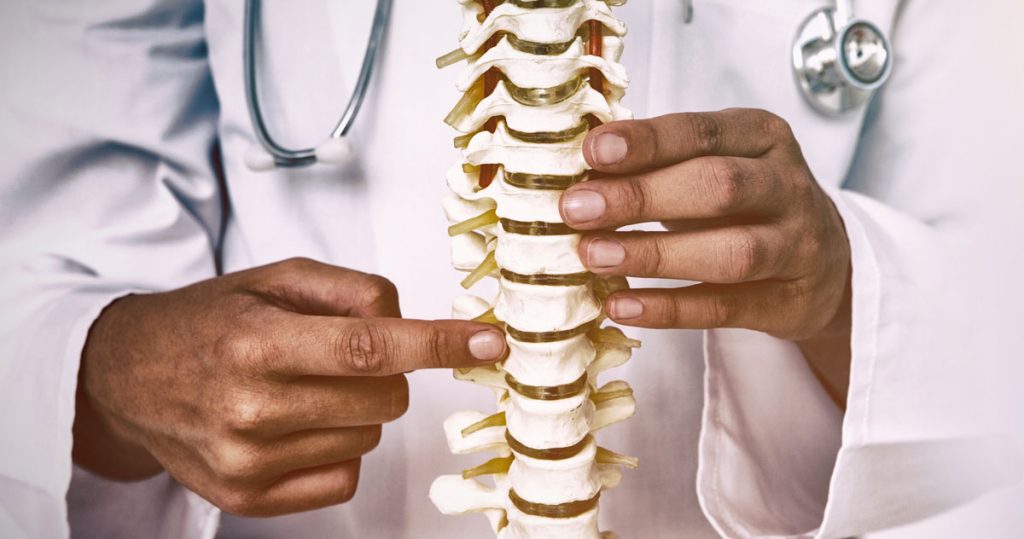 Diagnosing Osteoporosis
Diagnosing Osteoporosis
Osteoporosis is often referred to as the “silent disease” as it has few outward symptoms, and many people don’t know they have it until they suffer a fracture.
If you have risk factors for osteoporosis, you might consider asking your physician for a bone health assessment. Depending on your assessment outcome, they may order a bone mineral density (BMD) test, which is fast, safe, and noninvasive.
The BMD Test
BMD testing measures whether you have osteoporosis or how likely you are to develop it in the future.
The most commonly used BMD test is the DXA, which stands for dual-energy X-ray absorptiometry. It’s a type of X-ray capable of detecting very small percentages of bone loss and determining if you suffer from either osteopenia (low bone mass) or full-blown osteoporosis.
BMD Test Results
The report from your BMD test gives your T-score, comparing your bone mass to that of a healthy young adult.
T-score of -1 or above – Normal bone mass
-1 to -2.5 – Osteopenia
-2.5 or lower – Osteoporosis
Test results showing either osteopenia or osteoporosis don’t mean you’ll have a fracture. Lifestyle changes and therapies prescribed by your doctor can slow bone loss and help prevent fractures.





